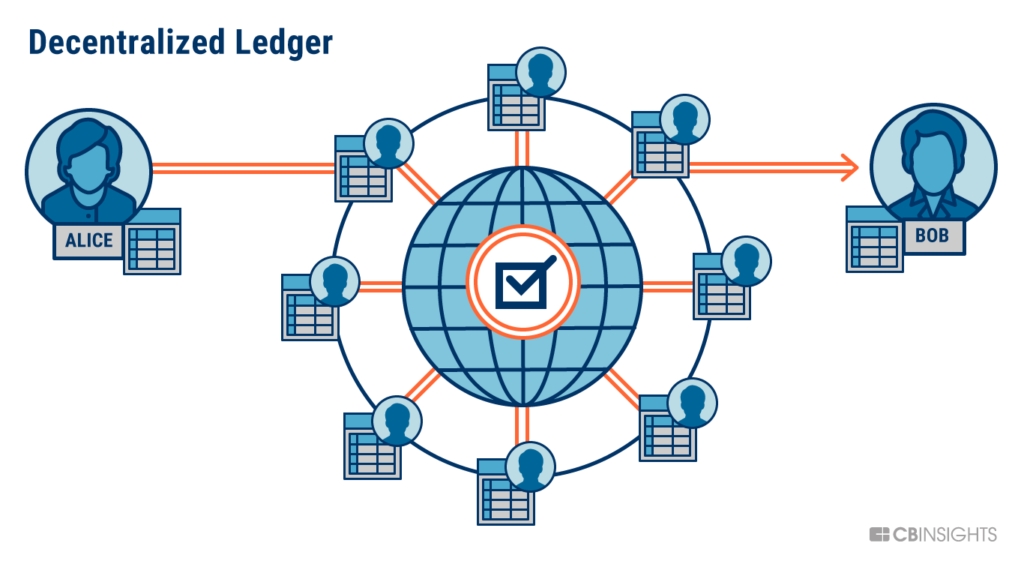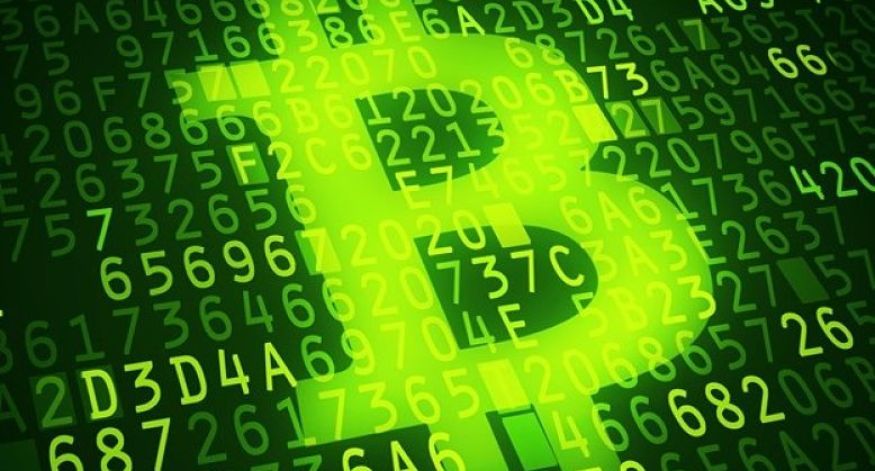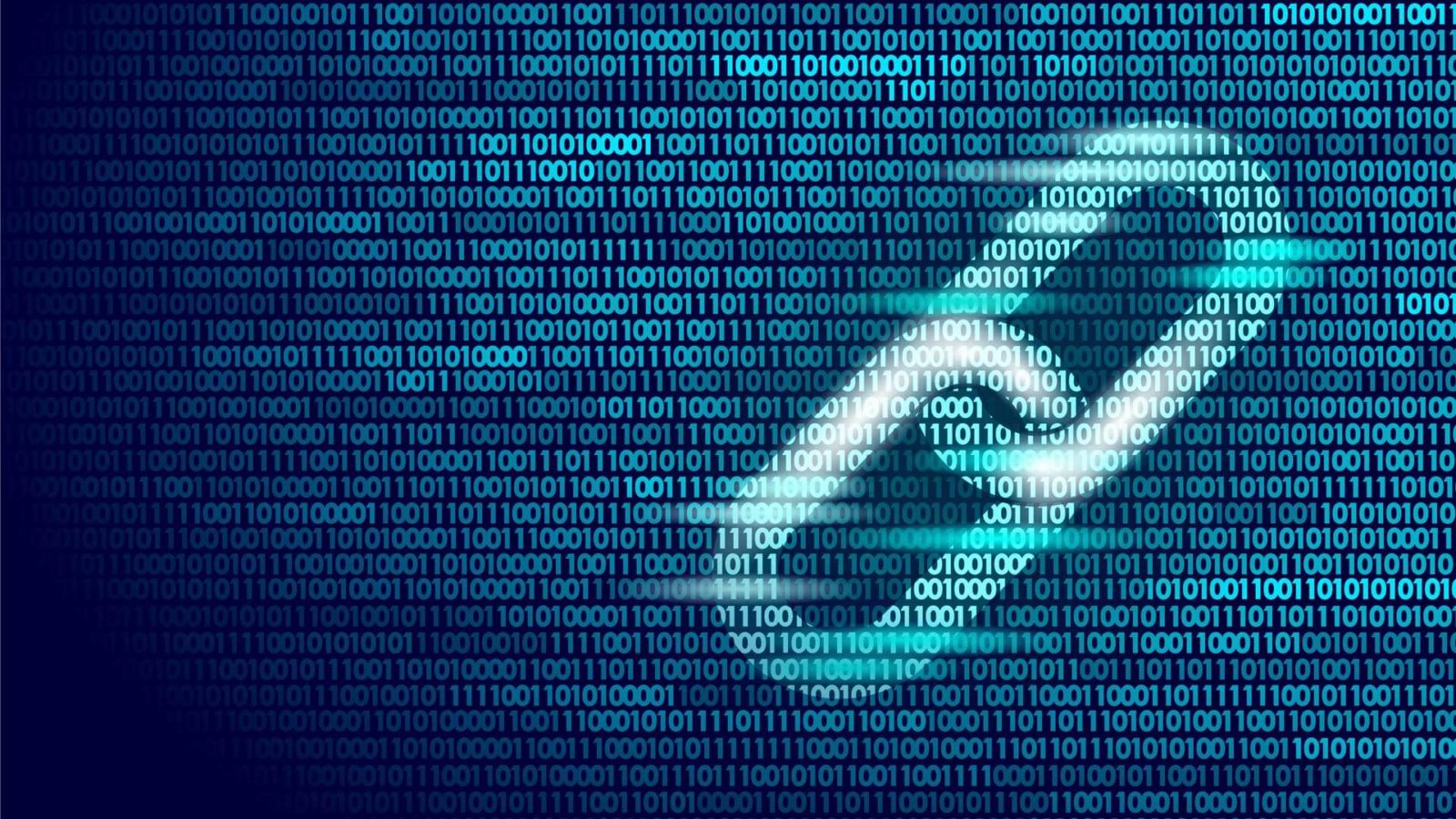I imagine he is not very familiar with blockchain technology. True? You are not the only person, in fact many executives of the banking system of the world are unfamiliar and only less than 20% have recognized its importance.
I believe that this situation is due to the fact that many companies are still focused on taking advantage of mobile technology and the internet to improve the customer experience. The financial and insurance sectors are especially working on their front-office and back-office platforms and they are not paying attention to this new technology that acquires great importance. Another factor that can affect is the lack of knowledge and the difficulty of executives to understand the paradigm shift that this technology directly impacts in the traditional way that humans are used to doing business in the world.

What is a blockchain?
The experts define the blockchain as a decentralized public accounting book designed to record transactions in a protected environment. Otherwise, it is a type of database used to record transactions, which is replicated (by a copy) in all computers that make up the network created for this purpose.
The way to understand clearly what this means the blockchain is through an example of purchase at present. Let’s imagine that Bob wants to buy some shoes in Alice’s store, but Bob does not need cash. He needs an intermediary to give him confidence in the payment as a third party (such as a bank or VISA credit card company, MasterCard) to guarantee that Bob has the ability to pay for the shoes he wants and take them home.
Now, the block chain eliminates the need for trusted intermediaries and allows Bob to buy shoes directly from Alice, quickly, safely and economically. How?
With blockchain Bob will use an electronic wallet application by entering a public key when scanning a QR code or by email sent by Alice and containing an encrypted payment address. The application informs the agents in the world about the transaction that Bob will make, so they validate and their transaction is grouped in a block of other transactions in a period of 10 minutes pending sending for verification. Then, after ten minutes, Alice receives the payment for the purchase of the shoes. Let’s see how it works next.

How does the blockchain work?
Blockchain technology is a free and open source software distributed worldwide that eliminates the need for third parties (examples: governments, banks, trust companies, accountants, notaries and paper money) to make a trustworthy computer network maintain a common accounting book via the internet. This common accounting book is public and is distributed in its entirety through a network or also called “nodes”, each of which has a complete copy of the book or chain of blocks.
In a chain of blocks, all the details of a new transaction are recorded, marked with the time and verified by agents called “miners”, who compete to be the first to solve complex mathematical problems and be able to publish the next block of transactions in the ledger (or the chain of the transaction history). Miners receive a type of financial compensation for their efforts and use complex computer systems to solve mathematical problems. When the block of transactions is uploaded by the miner who was the first to solve the calculation, all the nodes in the network automatically validate the ledger and all the transactions that are in it. In general, most of the nodes (51%) must accept that the block is valid so that it becomes part of the block chain of transactions or blockchain. Then; The transaction blocks are published in the shared ledger in ten minute intervals.
Security in the blockchain
It is natural that doubts arise regarding the security of transactions to be made with this technology. But experts say that these are safer than traditional transactions.
In this case, the first thing to take into account is that although the accounting book and transactions are public, the people who participate in the chain of “nodes” remain anonymous. It means that although everyone in the network knew the balances and transactions of the participants, there is no way to relate transactions with individuals.
Secondly, take into account that each “node” has an updated register of the accounting book, and that in case a “hacker” would like to modify the transactions in the blockchain, it would have to do it with at least 51% of the mining “nodes” worldwide in a time limit of 10 minutes. To achieve this the “hacker” would need to combine 200 of the largest supercomputers in the world to be able to hack (hack) the system.

Blockchain normalization
There are several efforts to standardize the technological process of the decentralized ledger. There is a technological startup called R3 that leads an alliance with more than 70 financial companies among which are Bank of America, Barclays, Goldman Sachs, HSBC, JP Morgan, Morgan Stanley, Société Générale, BNP Paribas, Canadian Imperial Bank of Commerce, ING, Commerzbank, UBS that aims to decentralize the accounting book, and to date has developed an open platform called Corda, designed to record financial events and execute the logic of the smart contract.
On the other hand, the UN will explore blockchain in order to discover processes and tools that can help solve global problems. This has been indicated in the 73rd edition of the General Assembly of the United Nations, in New York. The efforts to investigate this technology will be carried out by the United Nations Development Program, which already anticipates where the organization is looking.
The organization has not explained how it will try to use technology to help the development of countries, although it has indicated that it sees great transformative potential to reach solutions to social problems.
DO YOU WANT TO COMMENT OR MAKE ANY QUESTIONS?
